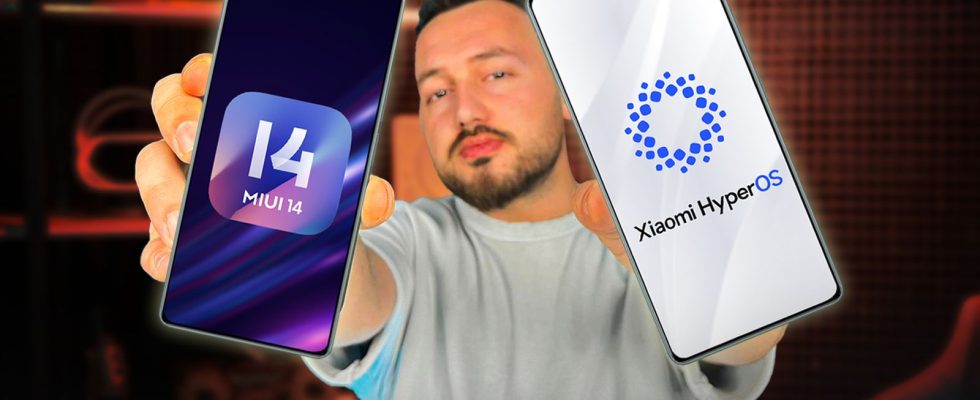Xiaomi introduced its new user interface, HyperOS, at an event in China. HyperOS was previously known as MIUI 15 and is designed to support all devices from Xiaomi. So we installed HyperOS on Redmi Note 13 and took a closer look at the new interface.
I installed HyperOS on Redmi Note 13!
HyperOS gives many apps an iOS-style look while reshaping the control center and notification panel. It also facilitates cross-device synchronization, offering a seamless connection between smartphones, watches and home appliances. All Xiaomi products can now be controlled with HyperOS via the phone.
HyperOS also aims to offer improvements in battery life and efficiency. Improvements have also been made in security, and Xiaomi claims that HyperOS will be more stable and more protected against security vulnerabilities. Additionally, the application experience will be optimized thanks to collaborations with developers.
Xiaomi HyperOS empowers system applications using large base models and deploys them efficiently by leveraging the artificial intelligence subsystem. This aims to provide users with more advanced features. For example, tasks such as speech creation and article summarization are made possible by providing direct access to large base model text generation capabilities through the Xiaomi AI Assistant.
Other new features include real-time captioning; This feature turns video conference conversations into notes and smart meeting summaries. Additionally, users can search for images in photo albums and use spoken phrases to create AI images based on existing portraits.
The “Mi Canvas” app, the tablet version of HyperOS, adds an AI brush that can turn ordinary doodles into works of art. Additionally, third-party applications can leverage the potential of the AI subsystem, such as understanding documents through screenshots within WPS or creating presentations with a single command.
